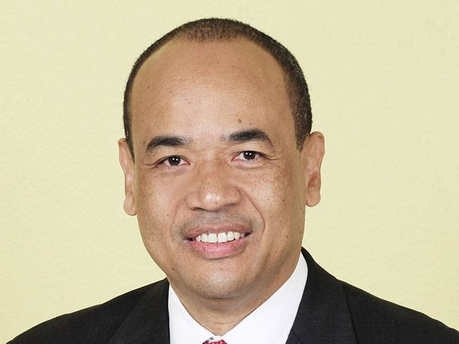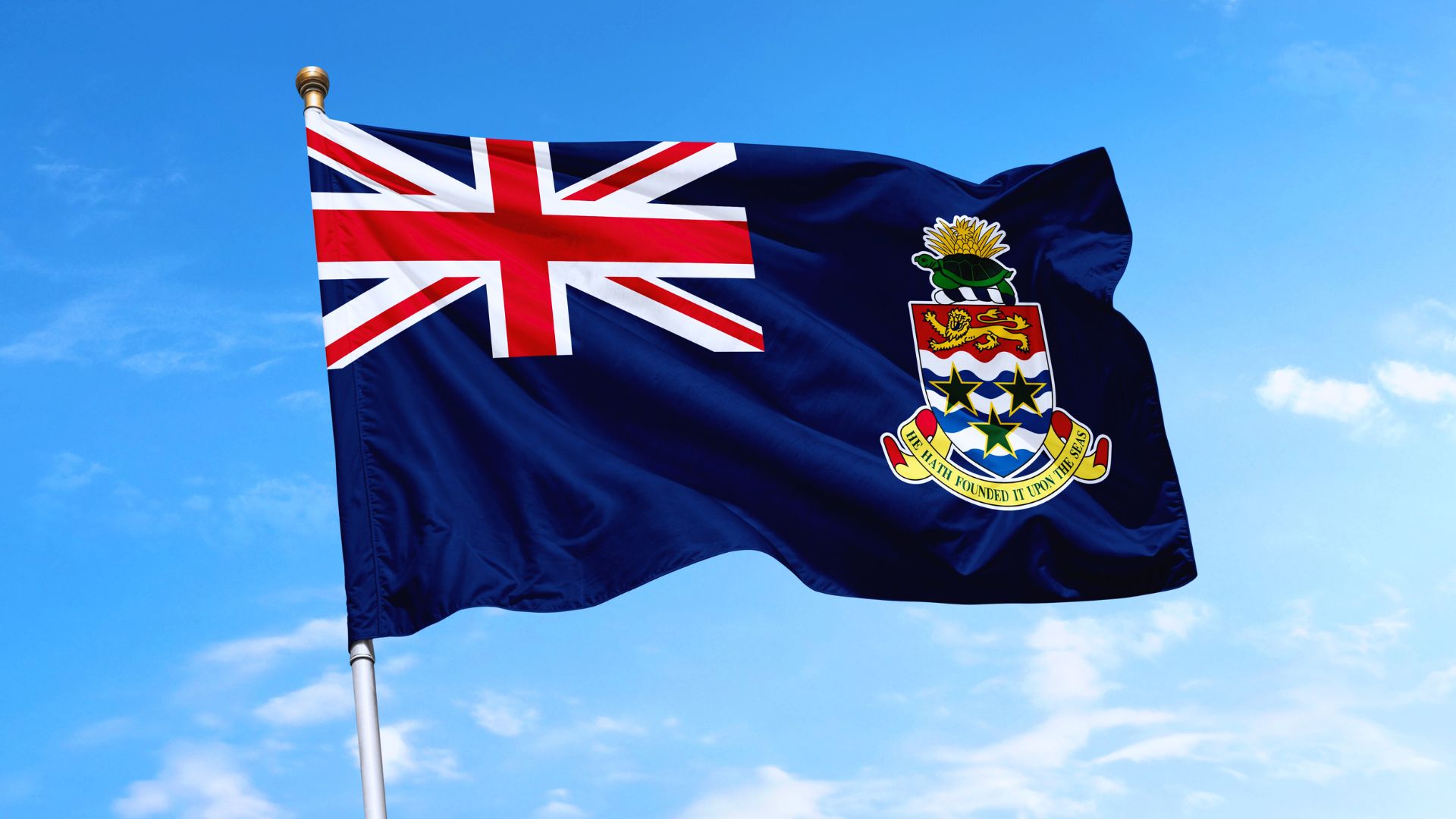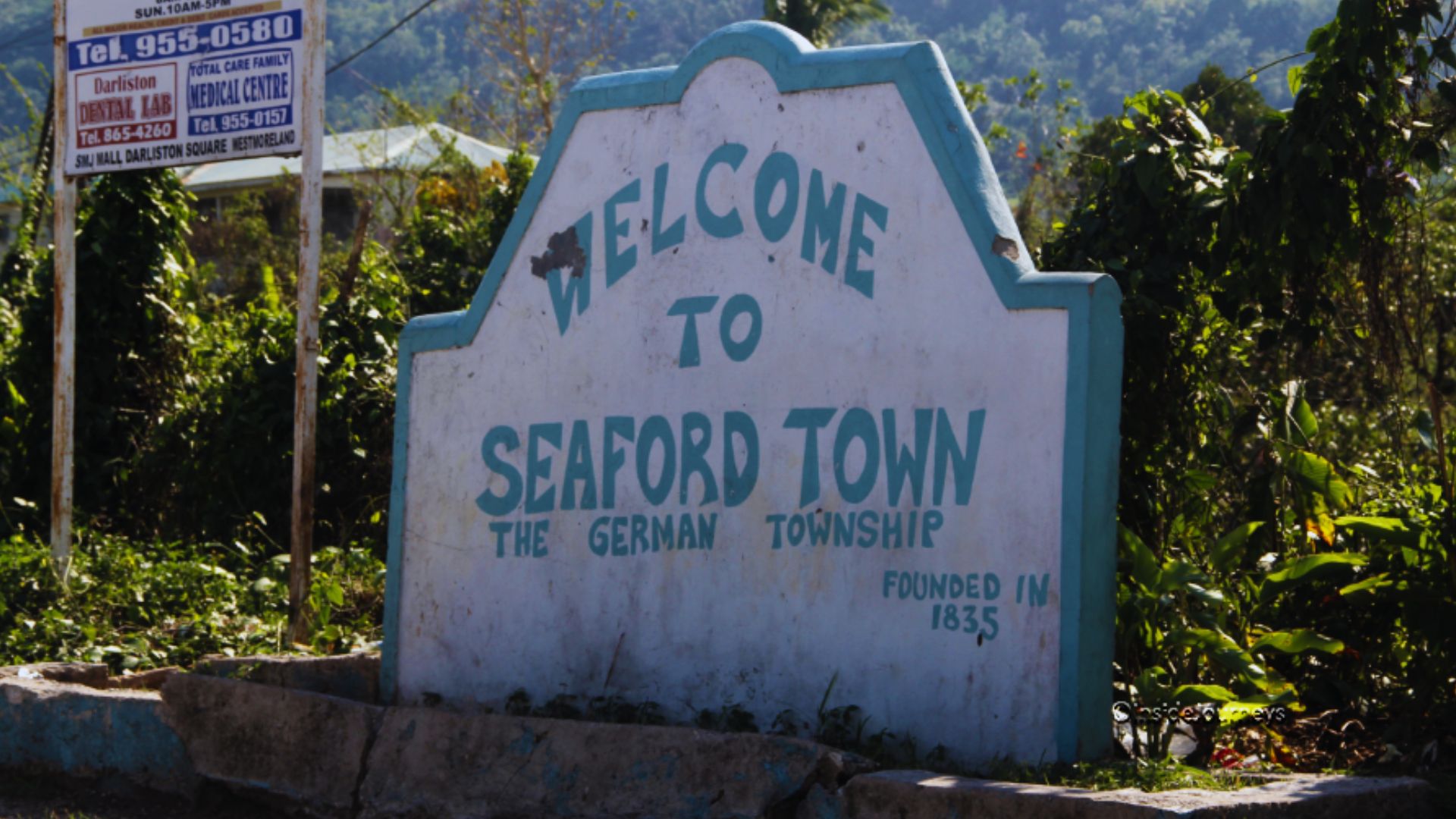Often times Jamaican artists lay blame at entities such as government and businesspersons for their lack of advancing as a nation. On the other hand several factors are being discussed as the rationale for the tardiness in success for numbered Jamaican artists.
As an example of aspirations for Jamaican artists, businessman and art aficionado Wayne Chen highlights the story of 45-year-old Damien Hirst in an interview with Anthea McGibbon, artist and journalist with Jamaicans.com.
In an unprecedented move, British Damien Hirst recently became the only artists for selling an entire show to Sotherby’s worth £111 million in 2008. Thus according to Wyclopedia Dictionary, he is is claimed to be the richest known artist to date.
Hirst was not born rich, without a gold spoon in his mouth. Numerous businesspersons in Jamaica , contrary to popular belief were not born with golden spoons in their mouth so their stories too are models of aspiration.
Wayne Chen is one among many businesspersons sharing his thoughts as a source of encouragement and challenge for Jamaican artists, in the following interview.
ANTHEA 1. How involved are you with the visual arts locally?
CHEN: I am the Chairman of the National Gallery of Jamaica and co-founder/ sponsor of the Super Plus Under 40 Artist of the year competition staged for the last 10 years in association with the Mutual Gallery. I am also the founder and sponsor of CLICK, a photography workshop and showcase for inner-city youth.
ANTHEA:. How involved are you with art globally? Do you travel specifically for art?
CHEN: I am not involved with Art globally in the way that I am locally. I visit galleries and museums whenever I travel and actively seek out new art and new movements.
ANTHEA: What are your views on the visual arts in Jamaica ?
CHEN: The visual arts in Jamaica are a vital part of the bigger whole of Jamaica ’s unique culture. Jamaica in the area of culture is a global superpower, widely recognized for our achievements in music. I believe that Jamaican visual arts, with the proper development and exposure, can be another area of excellence for Jamaica . There is a wealth of natural talent, that efficiently mobilized, can play a major role in our country’s development.
ANTHEA: Does the National Gallery achieve its main objectives?
CHEN: The National Gallery of Jamaica’s mission is:
“To collect, research, document and preserve Jamaican, other Caribbean Art and related material and to promote our artistic heritage for the benefit of present and future generations.”
I believe that despite the very limited, and diminishing, financial and human resources available, the NGJ has over the years managed to create and maintain a very high standard in terms of its collections, exhibitions, contribution to scholarship, and general advancement of Jamaica ’s visual arts. In recent years we have worked hard to strengthen governance, communicate better with our various stakeholders, and boost attendance. We have seen significant successes in all these areas.
ANTHEA: How do you view the role of the art educator?
CHEN: Art education takes place at many levels. In the formal institutions of learning, the art educator should teach the technical skills required to articulate an individual’s vision, but even more important, should stimulate the lifelong thirst for knowledge and enlightenment that continuously broadens the mind.
In the public sphere, the art educator, and I include journalists and critics, should actively discuss, analyze, and encourage art and artists to broaden and deepen the general knowledge of art.
ANTHEA: How critical are arts, creativity, and culture to National Development?
CHEN: Jamaica’s greatest product has been its culture. It is what defines us as a unique nation, has given us the greatest international recognition and is a major, if undercounted and underdeveloped, economic resource.
ANTHEA: What are the best models for our local artists from around the world? What roles do business, government, legislation, etc. play in Jamaica and other countries?
CHEN: The most appropriate model for Jamaican artists to ensure that they can make a living while pursuing their vocation is to foster an attitude of personal economic independence that does not depend on the state or big business support. This is the most common model worldwide.
That is not to say that the state and business will not help generally or even support a few individuals, but the vast majority of artists should see themselves as a branded product to develop and market. This may require the input of specialized managers, galleries and so on, but artists should focus on self-help.
ANTHEA: What can our government do?
CHEN: The government should focus its financial support on art education in the schools and institutions such as the National Gallery and Edna Manley College . It also has to ensure that tax laws and other regulations encourage the market in local art as ultimately it is the sale of art that will provide the economic support for the artists. Local businesses can assist in this by buying local and encouraging the use of local art in decorating corporate offices and public spaces, corporate awards and other forms of gift-giving.
Some countries, especially in Europe, pay grants to artists but given Jamaica ’s current fiscal constraints, that is not possible here.
ANTHEA: Are you suggesting that the focus should be primarily or only on art at secondary and tertiary levels?
CHEN: I am saying that art education should be at every level including in our basic and primary schools. Every student should learn skills in the visual arts and a knowledge and appreciation of art. This, I believe, will unleash a lot of Jamaica ‘s creative potential and enhance individual and national development.
ANTHEA: What strategies/models set by other artists internationally that we could adapt here
CHEN: Our artists need to be more trained in the skills and attitudes that will enhance their chances of economic success.
ANTHEA: Please elaborate on your answer above? What practical steps can our artists make for themselves based on what you see happening in other countries? i.e outside of going after more training esp when they cant find funding?
CHEN: Artists need to take matters more into their own hands and depend less on state and business support. Firstly, they need to enhance their technical skills and knowledge. Secondly, they need to treat themselves as a brand to be nurtured, developed, marketed, and continuously upgraded. Thirdly, they need to work together as co-operatives, movements, schools and so on. They need to be innovative and move beyond the traditional gallery spaces and go directly to the people. Our artists need to be less concerned about affirmation from my generation and more concerned about creating a wider audience. We should be seeing our young artists staging their own exhibitions in public spaces, in shops, in derelict buildings, in the street wherever you can find an audience. If the audience won’t come to you, then you should go to the audience. We need to see more collaborations between our visual artists and musicians, poets, writers and so on. Why don’t the big stage shows and dancehall concerts include the works of our visual artists. They can use new media like video and digital photography to reach a wider audience.
ANTHEA: On the basis that business persons drive artist development by supporting artists with purchases in other countrires. what do you think artists can do practically to bridge more gaps between more businesspersons and artists?
CHEN: Artists need to be more active in promoting local fine art. There are good reasons to buy and invest in art but we don’t hear it often enough. Today, many Jamaicans will spend a lot of money on cheap, imported furnishings and ornaments that depreciate in value as soon as the wrapping comes off. A piece of Jamaican fine art may appreciate in value and is valued and appreciated by the recipient for years, yet very few Jamaicans ever purchase or own our own art.
ANTHEA: Does the competition (SuperPlus Under-40) do anything beyond exposure, and financial inputs to advance artists?
CHEN: I believe that exposure is a critical element in any artist’s success. It is up to the artist then to build on the exposure and to continue producing innovative work of a high standard.
ANTHEA: What is the role of the media?
CHEN: The media has a responsibility to be more informed on the visual arts both locally and internationally. Context is everything and there is a dearth of good writing and reporting on the visual arts in Jamaica . More people writing and discussing at a higher standard would raise the quality of discourse and encourage our artists to raise their game.
ANTHEA: Major differences between Under 40 and JCDC Competition?
CHEN: The JCDC Visual Arts Competition is a broad event capturing young and old, amateur and professional, traditional and non-traditional. The Under-40 is focused on young artists demonstrating innovativeness and general excellence.
ANTHEA: How important is the tourism sector in the development of art?
CHEN: Tourism offers the potential to expand the market for Jamaican art by direct purchases and exposure to new markets.
ANTHEA: Can you elaborate? IS THAT really all you are saying about tourism and art.
CHEN: Jamaica receives over two million visitors per year coming from all over the world. We need to create more opportunities for visitors to be exposed to and buy local art. Exporting our art in this way increases its exposure overseas and creates a new awareness that over time creates new markets.
ANTHEA: Is there room for other directions such as arts/tourism/culture tourism?
CHEN: Yes there is. There are some countries where visual art is an important tourist attraction. Italy , France , and Spain attract millions of visitors to their museums, galleries, and public art. Some developing countries such as Haiti also have a strong fine arts tradition that attract visitors who visit the galleries and studios to buy art and see artists at work. I believe that Jamaica has considerable development potential in this area.
ANTHEA: Thank you for your time and thoughts!
About the Author:
Over 13 years as a journalist, Anthea is a trained paralegal, and artist. She combines her skills including teaching, spanish, photography, editing, and experiences to feature arts, creativity to offer consultations, and other services. She owns antheamcgibbon.com, media website on arts, creativity, culture, and her paintings are available online and at Gallart.com. Contact her at 876-530-5744 or 305-648-6963 or [email protected], [email protected].






